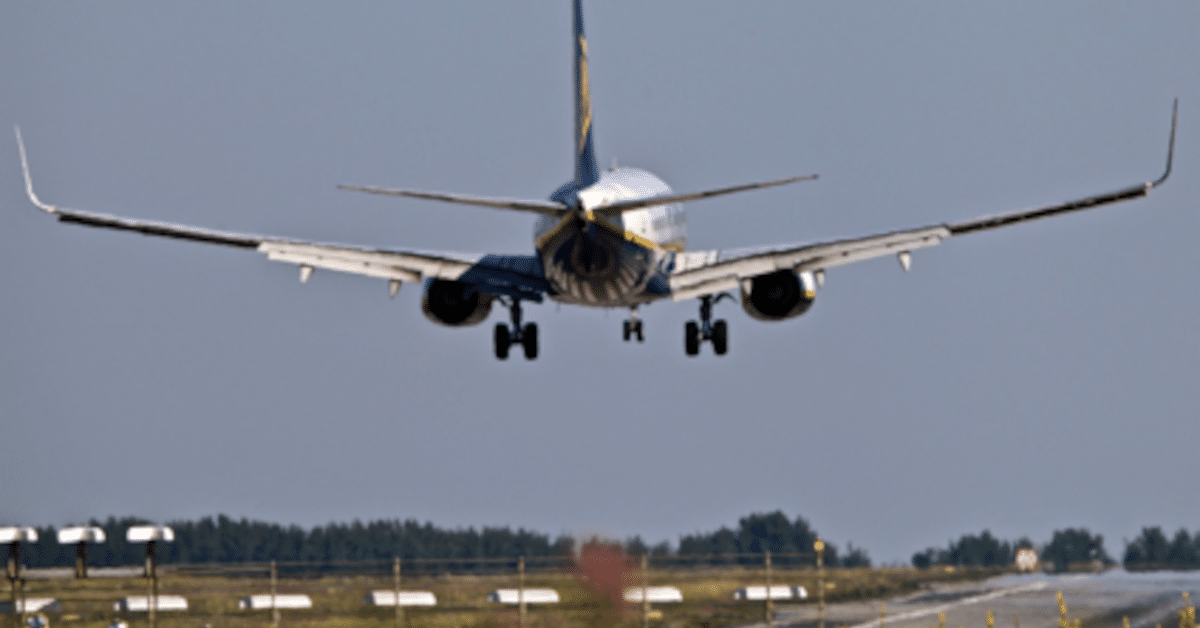Flight tax – the first step towards putting a real carbon price on air transport?
– A flight tax was introduced in Hungary in 2022.
– The externalities of air transport are enormous, while it is largely subsidized directly or indirectly by favouring tax schemes.
– Such a tax can be a first step towards a carbon price which covers the real costs of flying and is a good measure to take into account in view of the revised NECP.

In 2022, a tax on flight tickets was introduced in Hungary: 10 EUR for flights within Europe, and 24 EUR for flights with a destination outside of Europe. This tax fills an old gap. Airlines have so far “got away” with most public charges. The price of air tickets is not subject to VAT, and they pay a much lower rate of fuel tax too, compared to other modes of transport. Furthermore, surveys show that the vast majority of air passengers are not from the poorest classes, therefore the significant tax subsidies are benefitting better-off people. In addition, air transport is the most climate-damaging mode of transport, with emissions rising steadily before the pandemic and likely to rise again once it has passed. Air transport has huge externalities, i.e., costs incurred by airlines but borne by the whole society. In Germany, a flight tax was introduced in 2011 and has had a somewhat restraining effect on flights, therefore, similar effects can be expected from this measure too.
This tax can be a first step in putting a real carbon price on air transport in Hungary.
A 10-24 EUR flight tax was introduced in Hungary in 2022, which can partially compensate for the direct and indirect tax subsidies provided to aviation and can even be the first step in putting a real carbon price on air transport – a transport mode with massive externalities.

